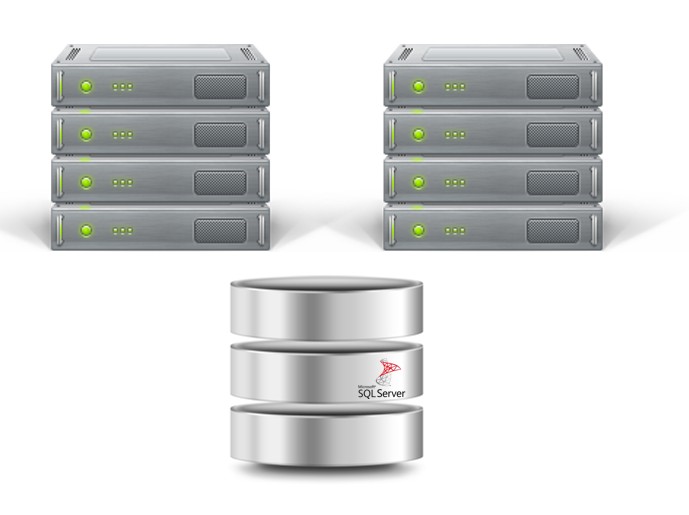Last week at Live360, I have had the opportunity to deliver my workshop on Windows Server Failover Clustering (WSFC) for SQL Server DBAs. The workshop was based on an online course that I am about to re-release.
One of the things I like about delivering presentations is that I learn a lot from the attendees who ask questions. While I anticipate the possible questions that attendees may ask, my response to those questions are limited by my experience and exposure to the technology. One of the workshop attendees asked, “Where can I get additional information to learn more about Windows Server Failover Clustering?”
I started writing articles about WSFC for MSSQLTips.com back in 2009. Throughout the years, I’ve managed to compile resources that have helped me dig deeper into the technology and have used them to implement solutions and solve customer problems. I’d like to share those resources with you and hope you find them valuable. I’ve used these resources to create content for my workshop and online course.
I’m constantly looking for valuable resources about WSFC so if you have anything to add, feel free to send me an email so I can add it to the list. And feel free to share this with your colleagues, your team or anyone else in the community who would like to learn more about WSFC in the context of SQL Server.
My online course: Windows Server Failover Clustering (WSFC) for the Smart SQL Server DBA
Resources to get started with Windows PowerShell for the SQL Server DBA and managing Windows Server Failover Clusters
- Introduction to Windows PowerShell for the SQL Server DBA Part 1
- Introduction to Windows PowerShell for the SQL Server DBA Part 2
- Installing, Configuring and Managing Windows Server Failover Cluster using PowerShell Part 1
- Installing, Configuring and Managing Windows Server Failover Cluster using PowerShell Part 2
- Installing, Configuring and Managing Windows Server Failover Cluster using PowerShell Part 3
- Installing, Configuring and Managing Windows Server Failover Cluster using PowerShell Part 4
For testing some of the high availability features, in case you don’t want to setup your own lab
- Microsoft Learning Center Virtual Labs (select Mission-critical in the Subject drop-down list)
Additional Resources
- Installing a SQL Server Failover Clustered instance
- Installing and Configuring a Multi Subnet SQL Server (2012 and higher) Failover Clustered Instance
- Failover Clustering in Windows Server 2012 R2 Course on Microsoft Virtual Academy
- SQL Server 2014 Upgrade Technical Guide (when you’re about upgrade your failover clustered instances or Availability Groups)
- AlwaysOn Architecture Guide: Building a High Availability and Disaster Recovery Solution by Using AlwaysOn Availability Groups
- AlwaysOn Architecture Guide: Building a High Availability and Disaster Recovery Solution by Using Failover Cluster Instances and Availability Groups
- SQL Server 2012 AlwaysOn Availability Groups (video)
- SQL Server high availability with AlwaysOn – First Look Webcast (video)
- Enable SQL Server 2012 AlwaysOn Availability Groups Using Windows PowerShell
- Configure SQL Server 2012 AlwaysOn Availability Groups Read-Only Routing using PowerShell
- Configure SQL Server 2012 AlwaysOn Availability Groups Read-Only Routing using T-SQL
- Configuring Volume Mountpoints on a SQL Server 2008 Failover Cluster running on Windows Server 2008 (concepts still apply to Windows Server 2012/SQL Server 2012 and higher)
- Clustering SQL Server Analysis Services Part 1
- Clustering SQL Server Analysis Services Part 2
- Using the Cluster Preparation Checklist for Deploying SQL Server Failover Clustered Instances and Availability Groups
- Build Guide: SQL Server 2012 Single-Subnet Cluster
- Build Guide: SQL Server 2014 MultiSubnet Cluster
- Build Guide: SQL Server 2016 Single-Subnet Cluster on Windows Server 2016


Great article Edwin!!